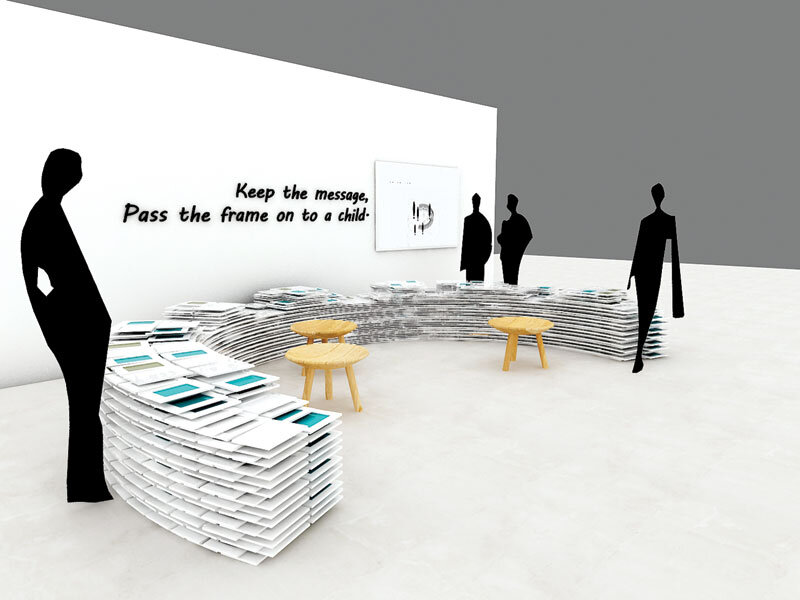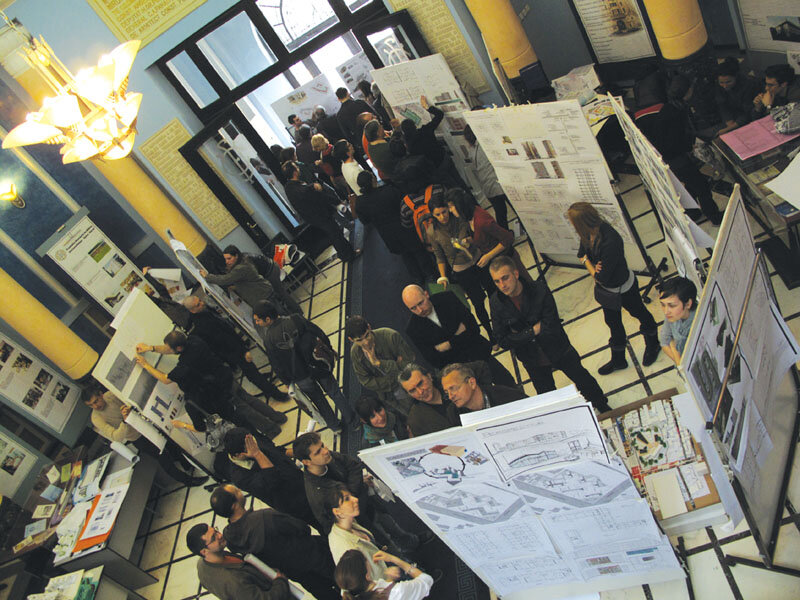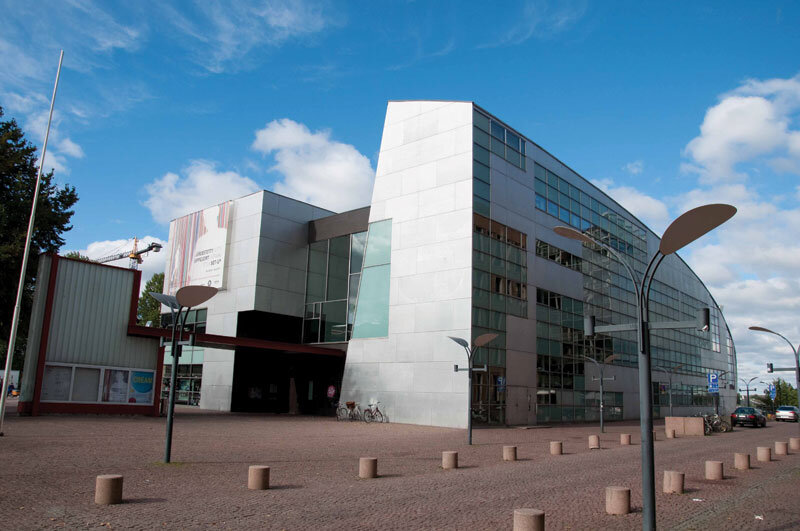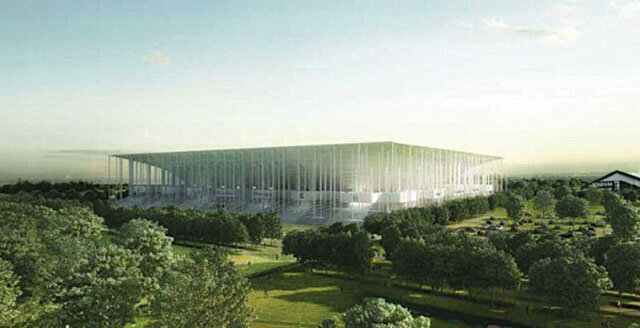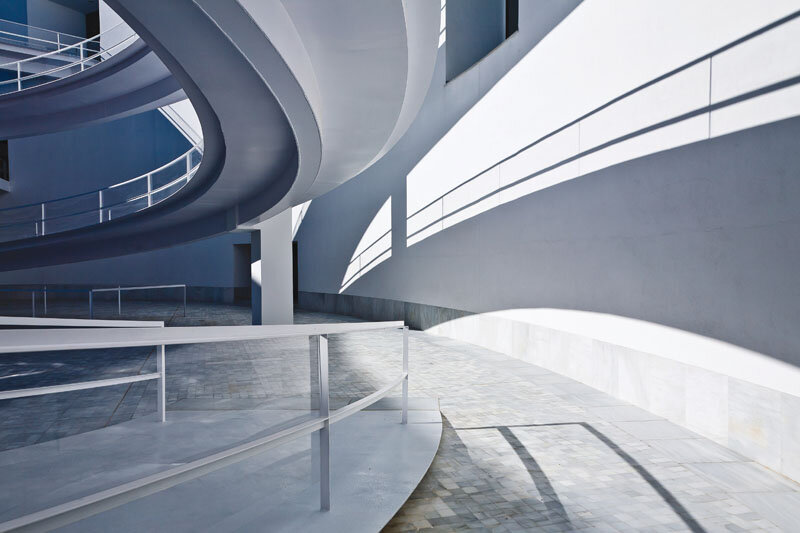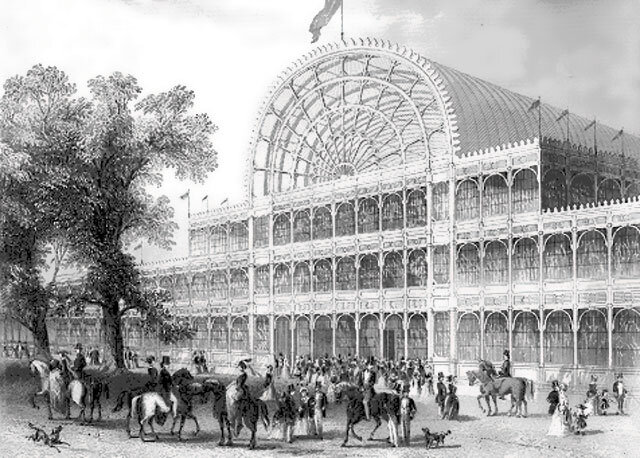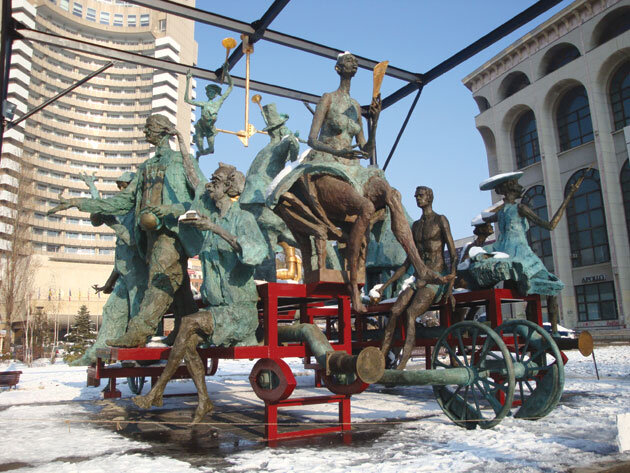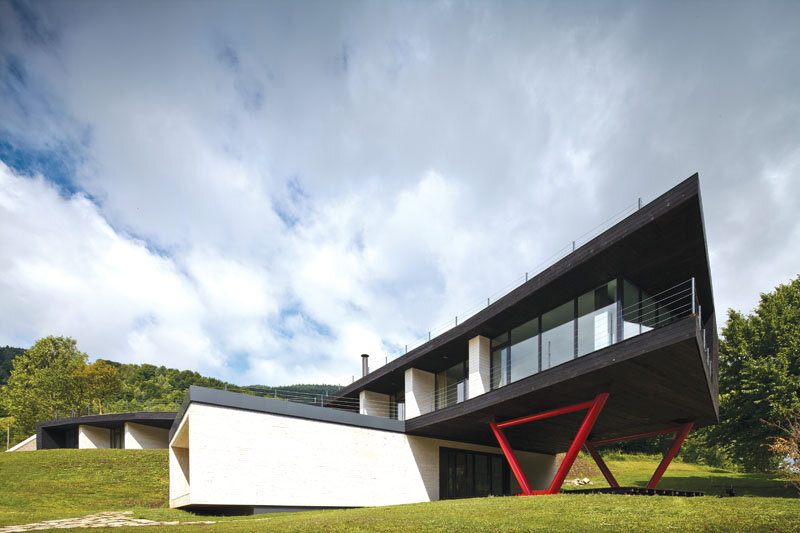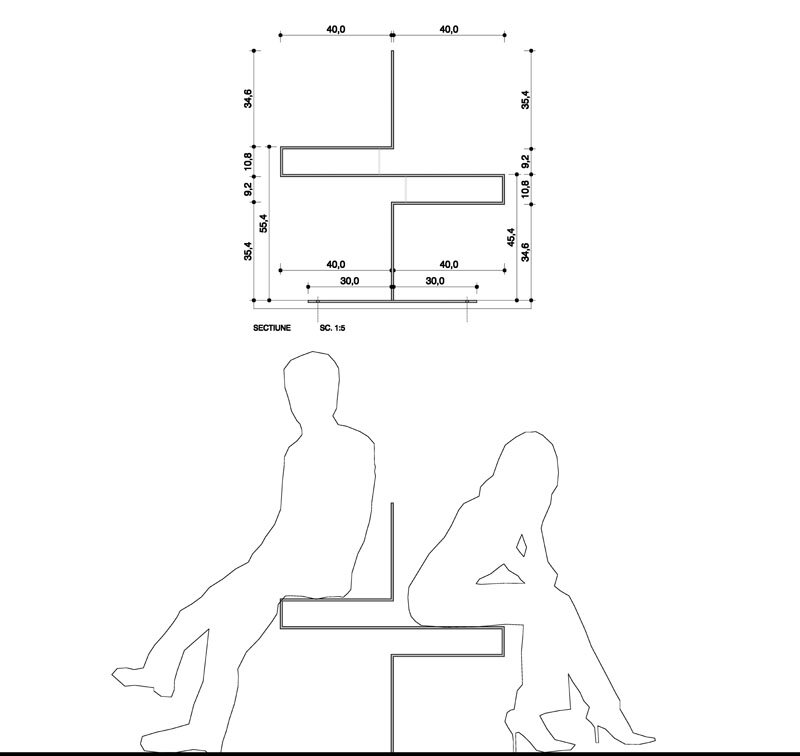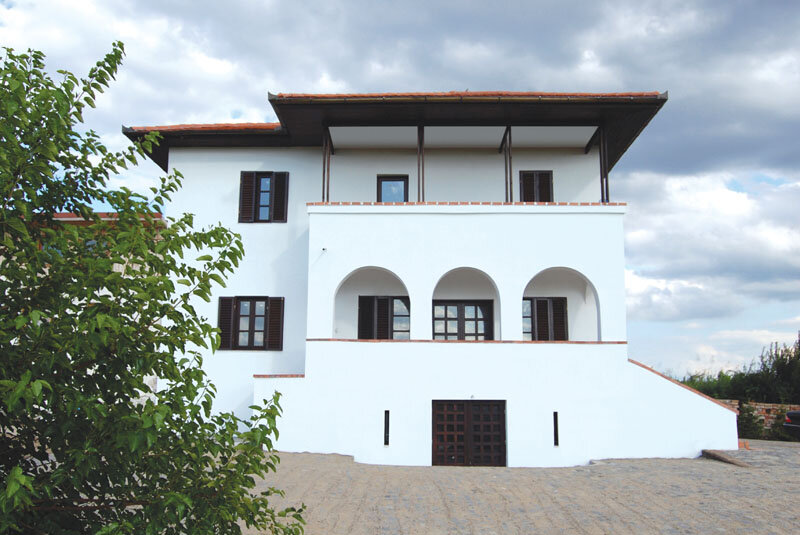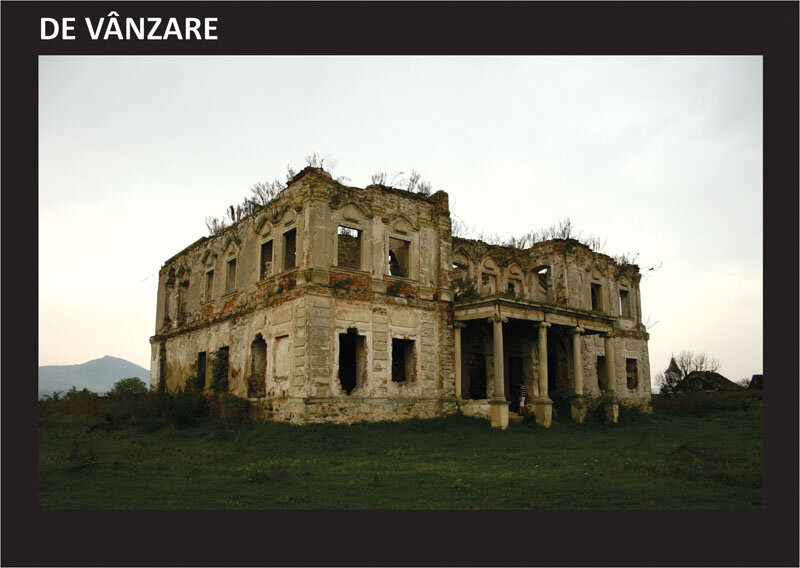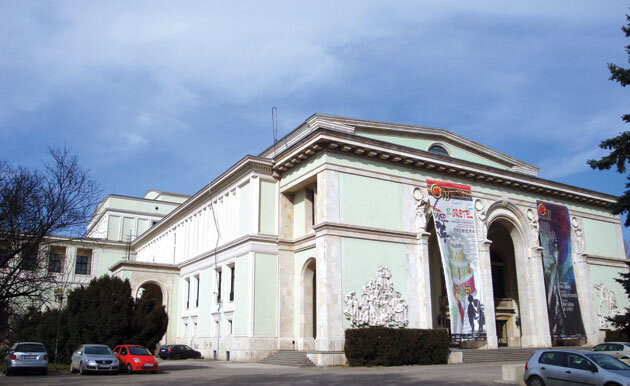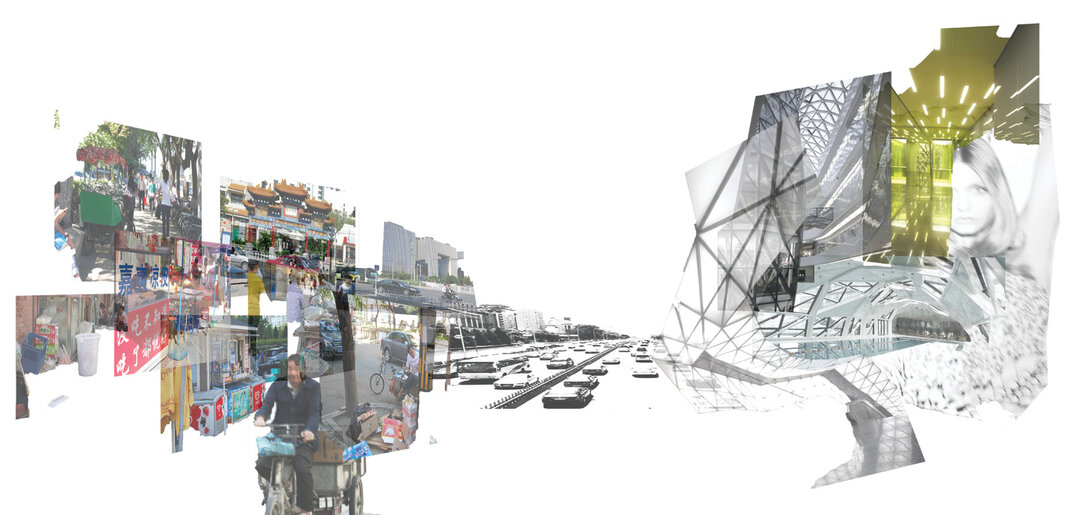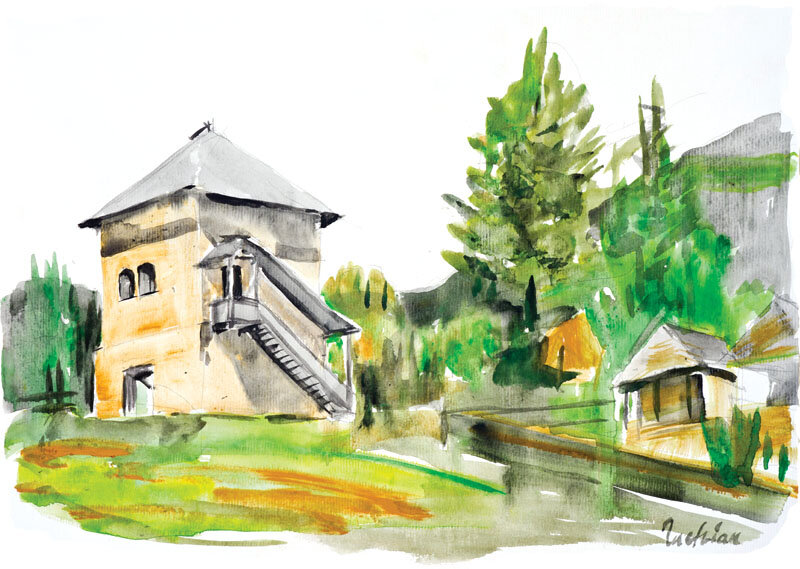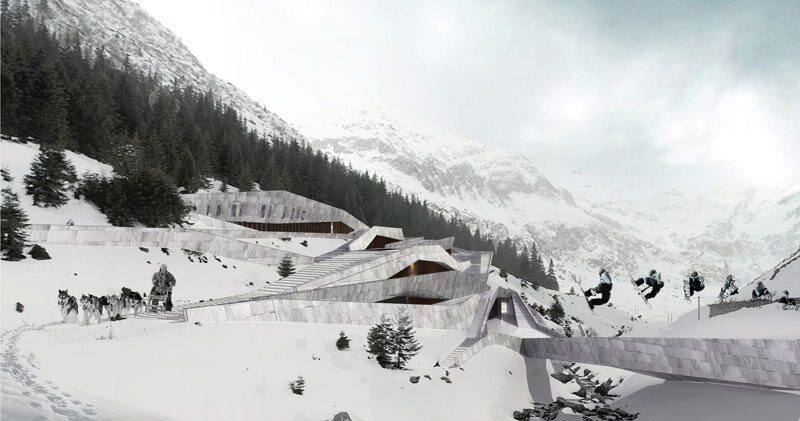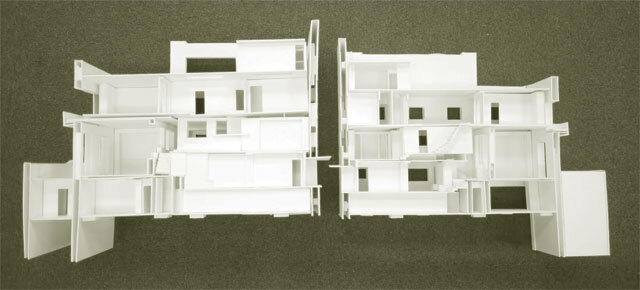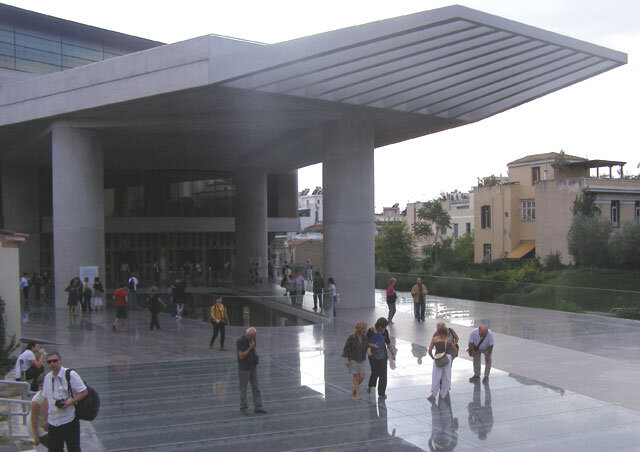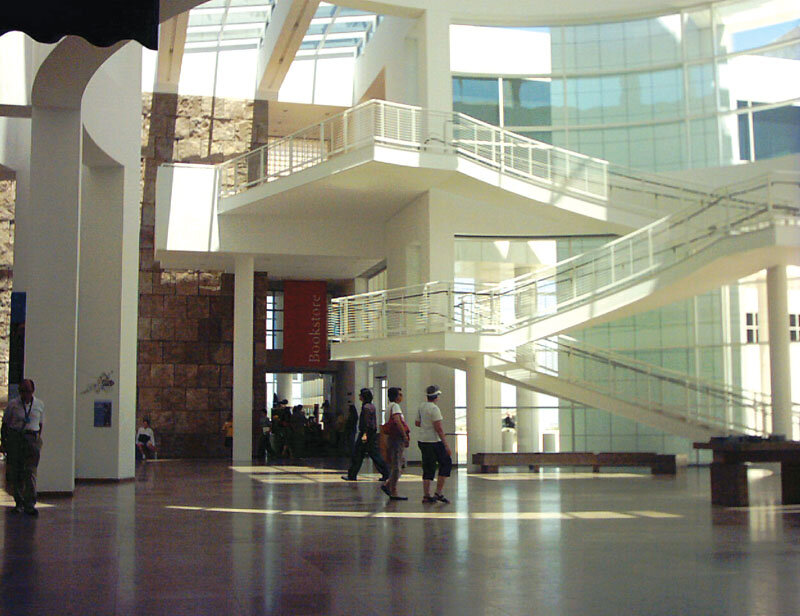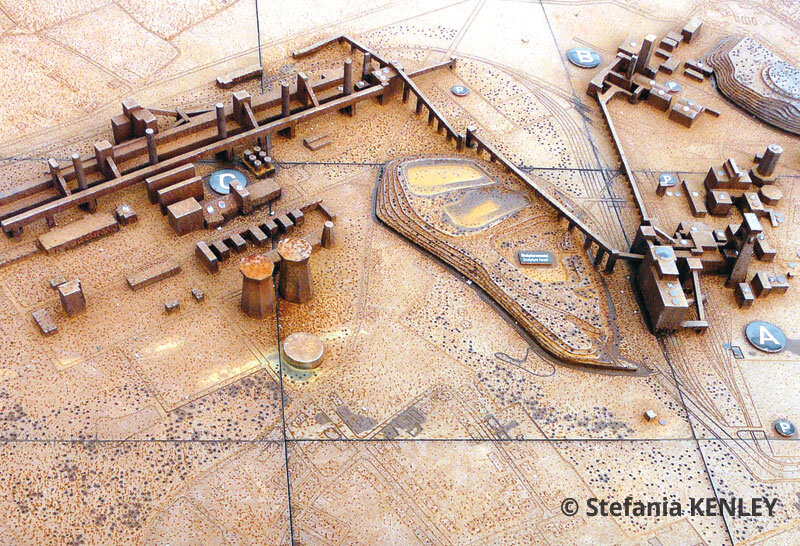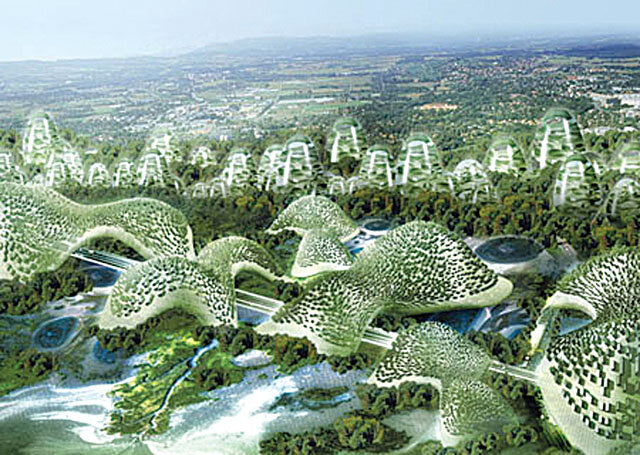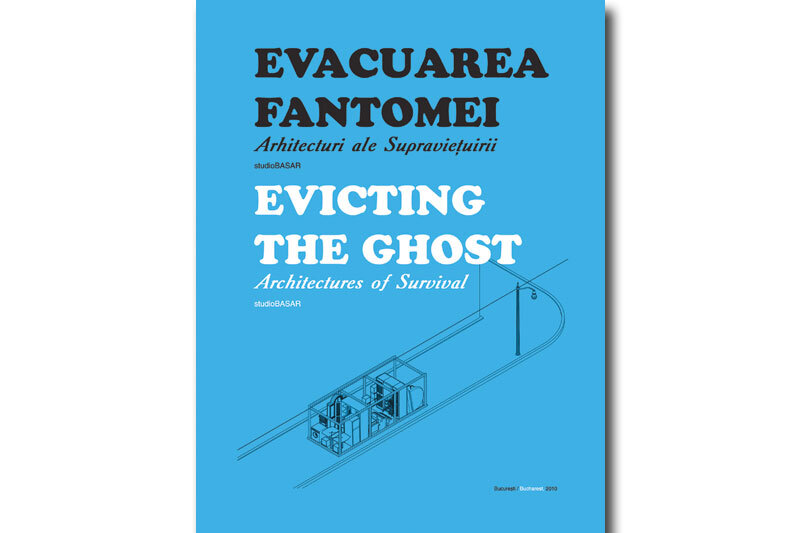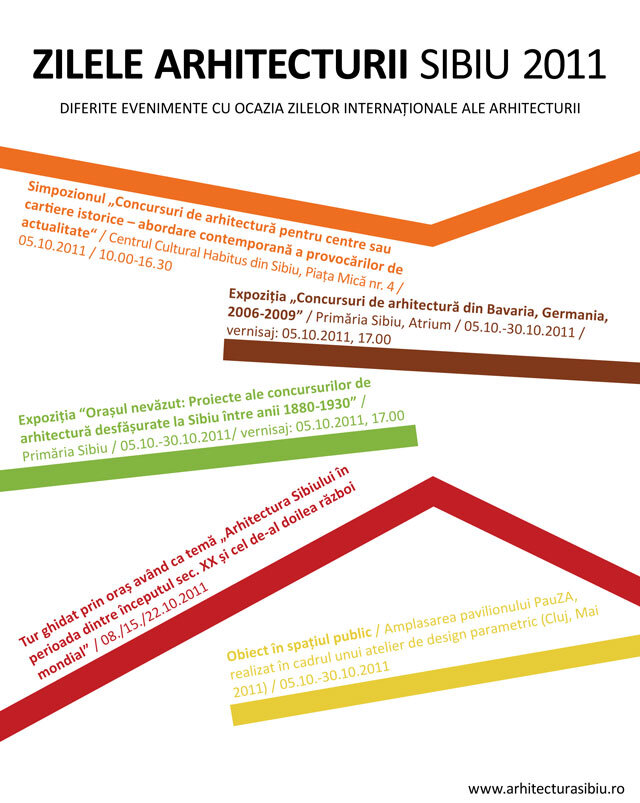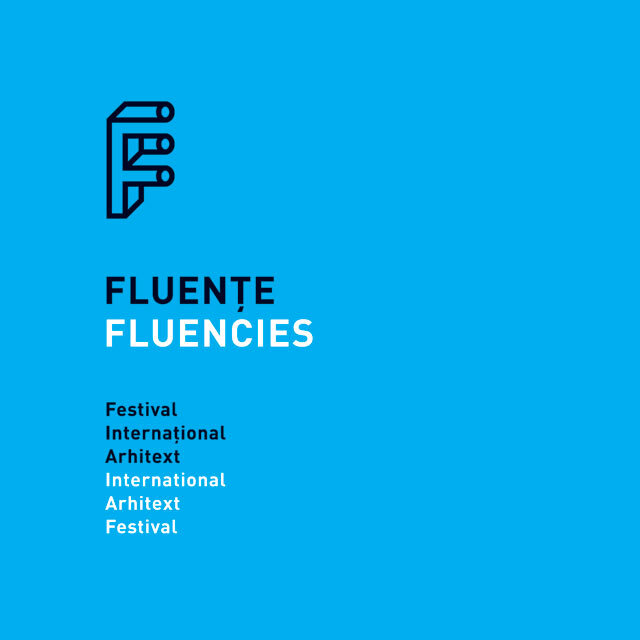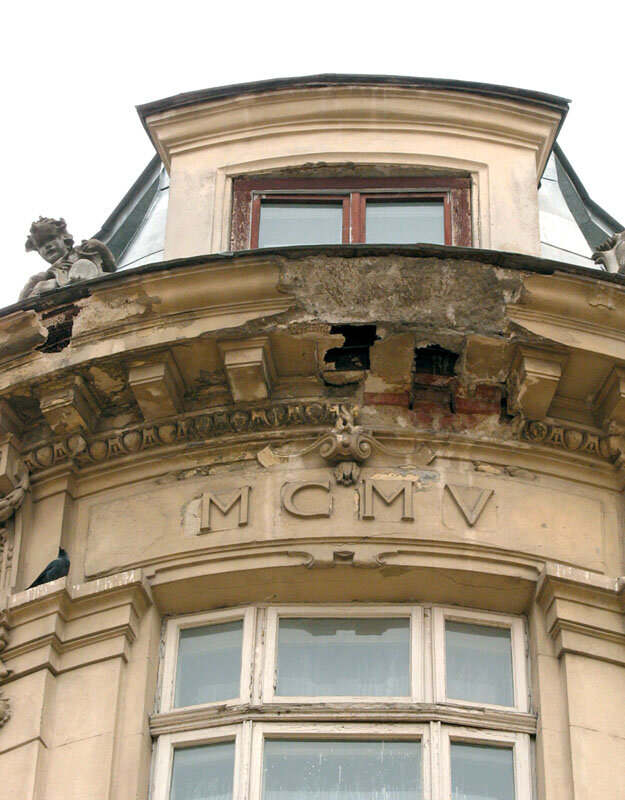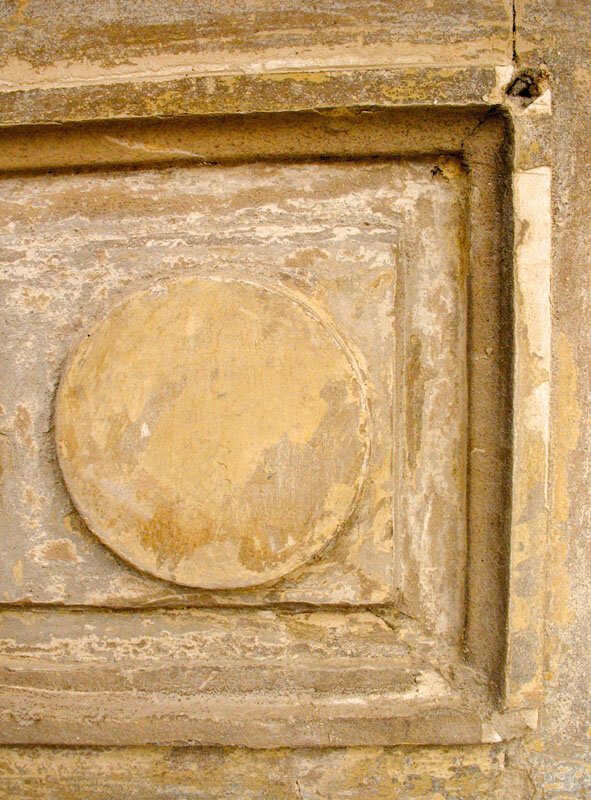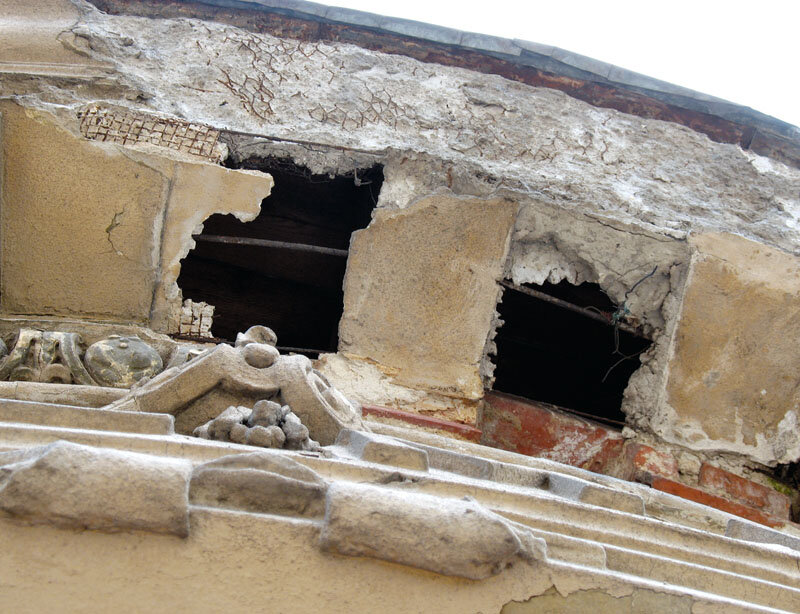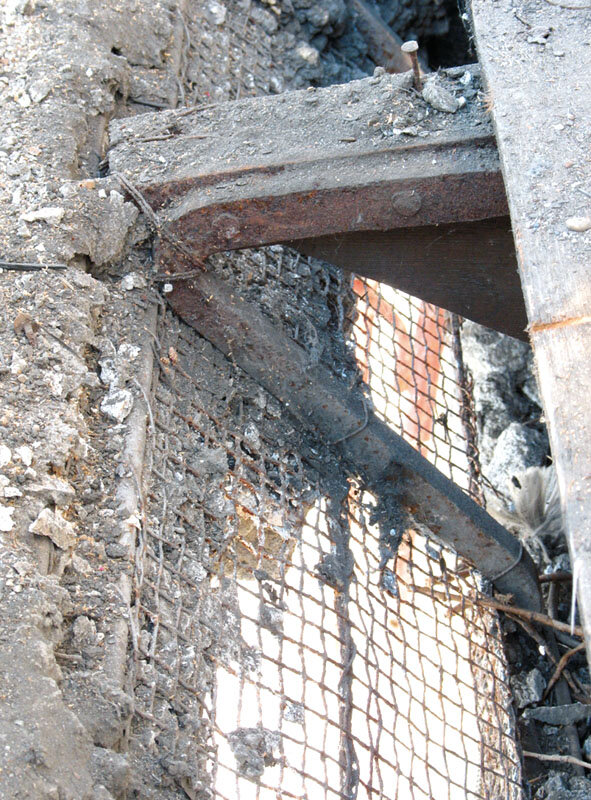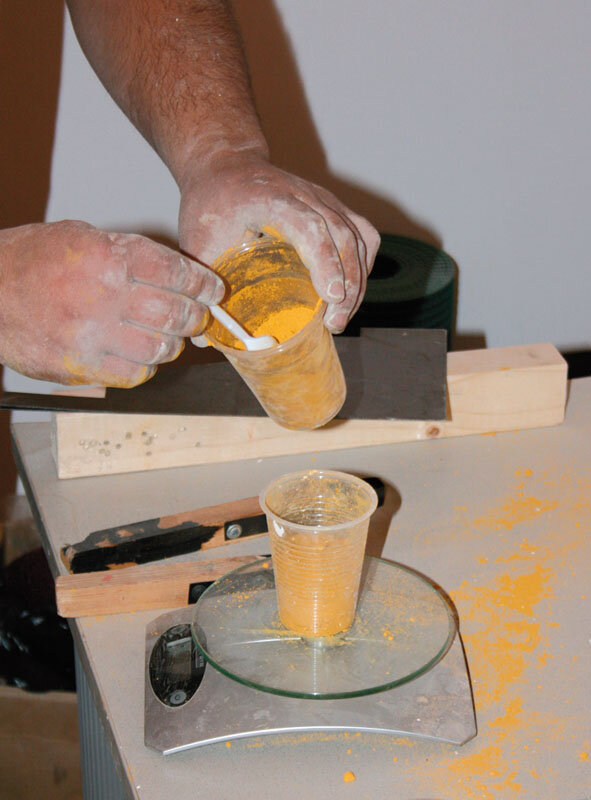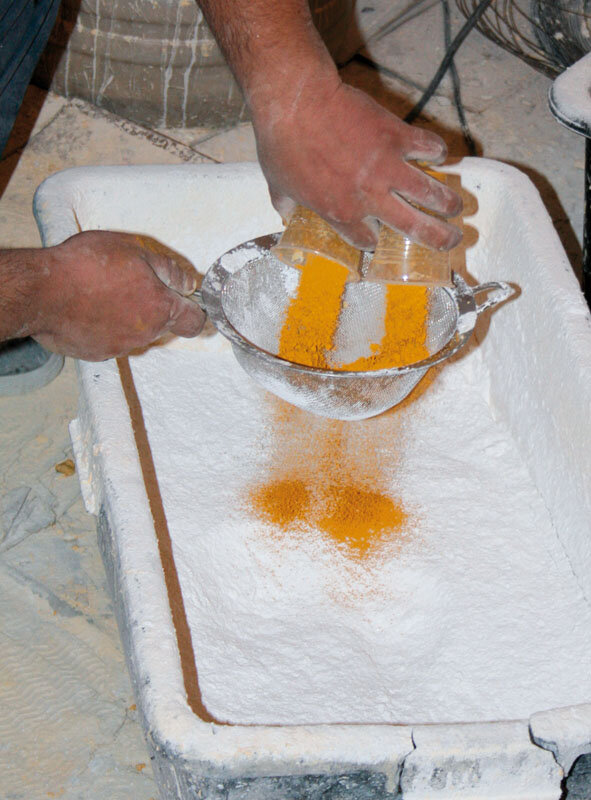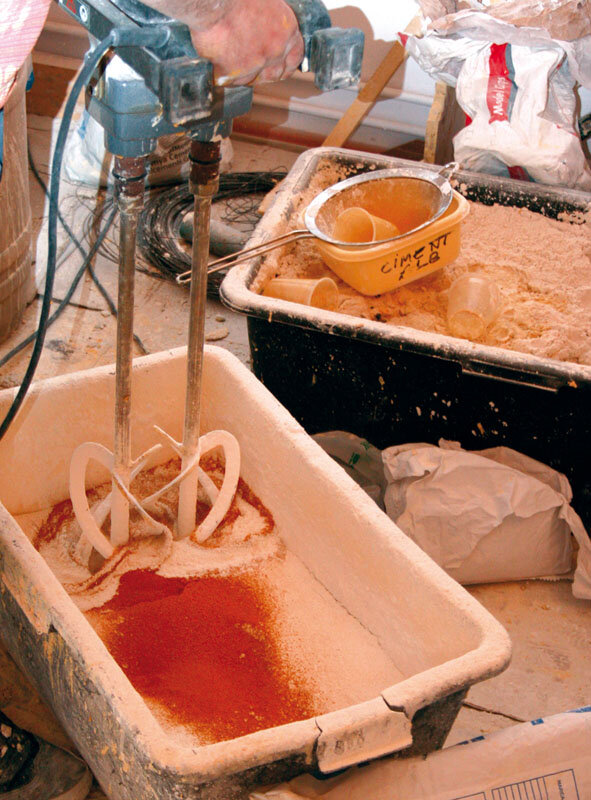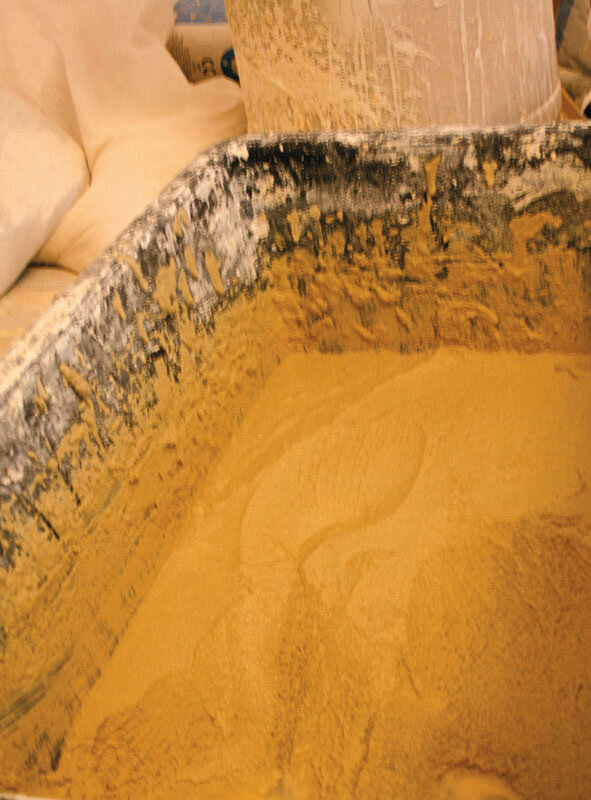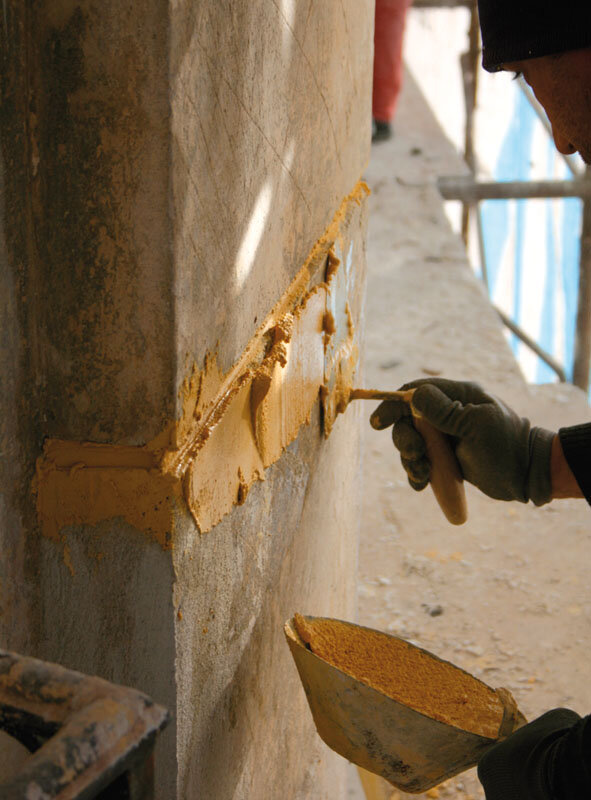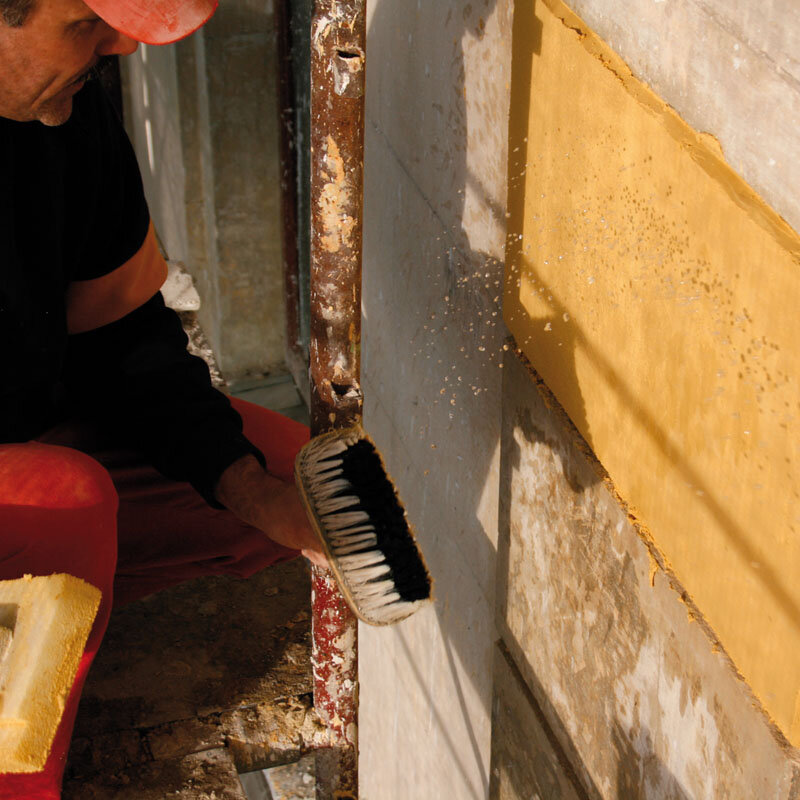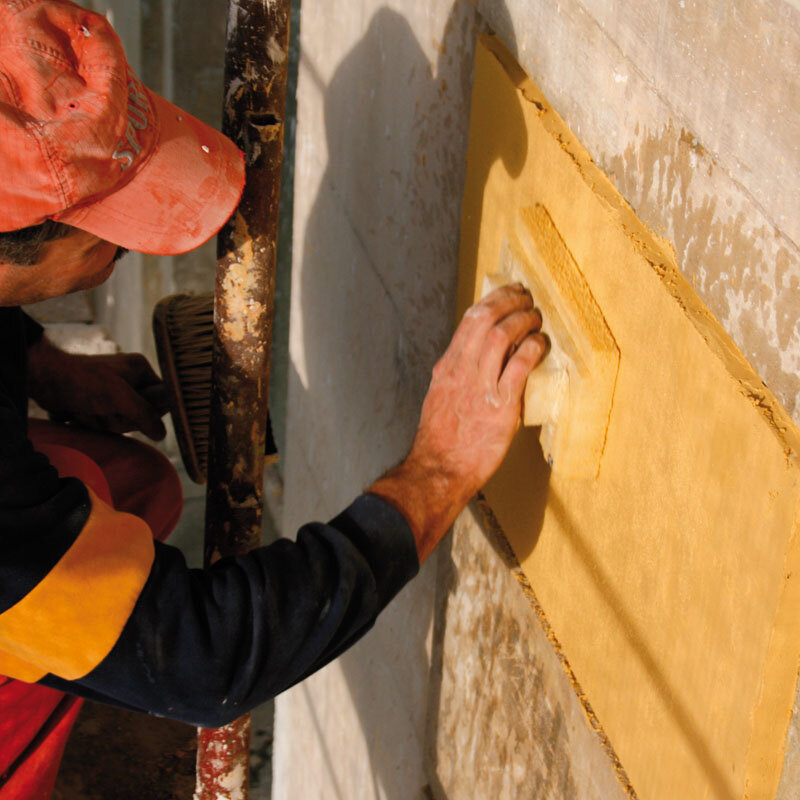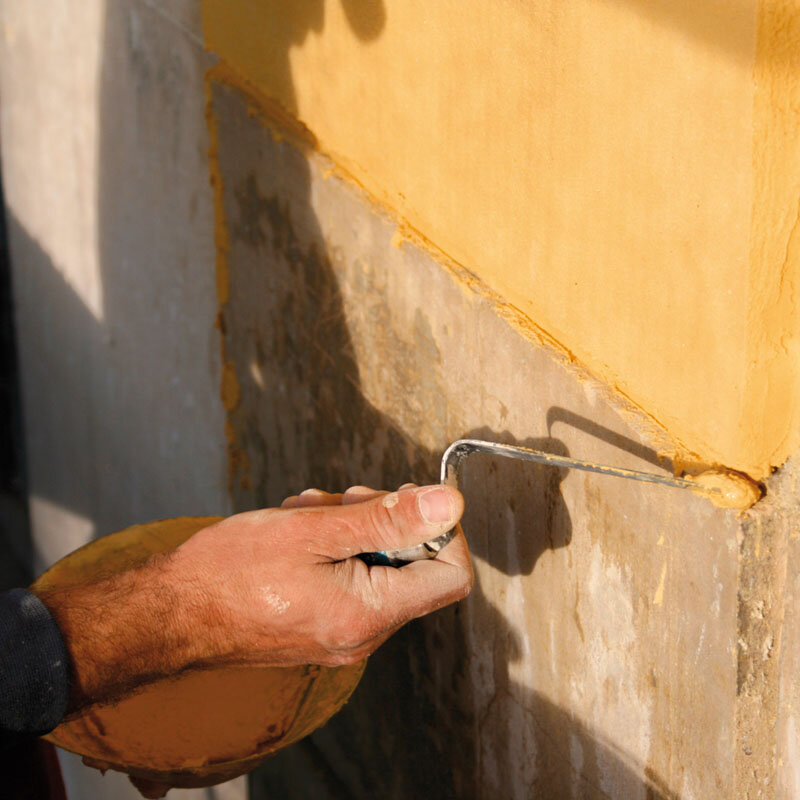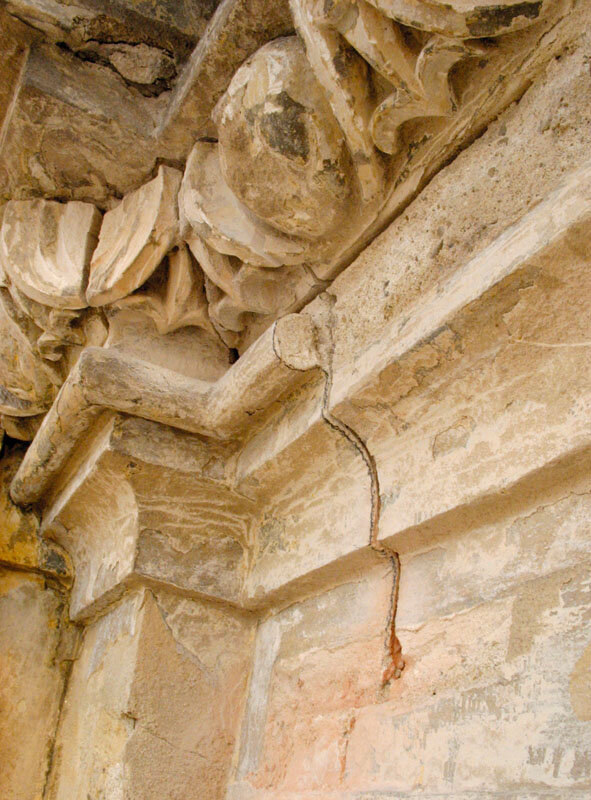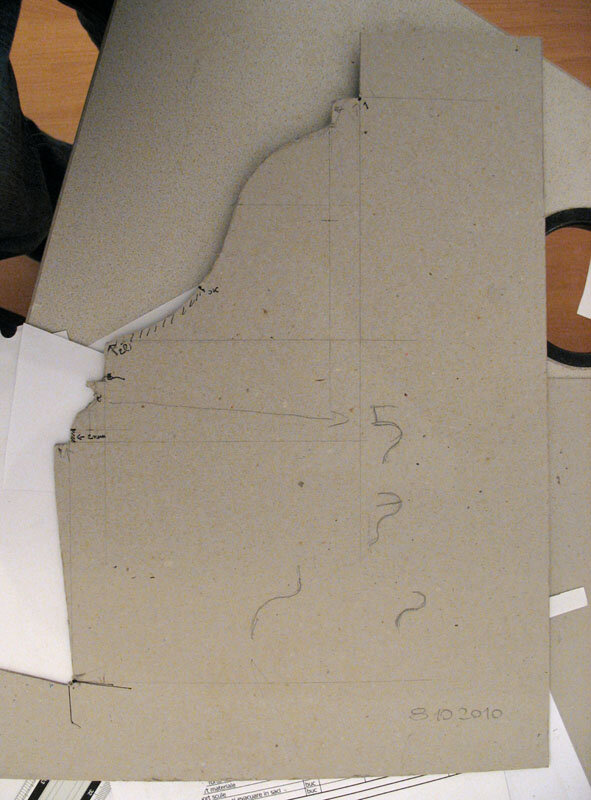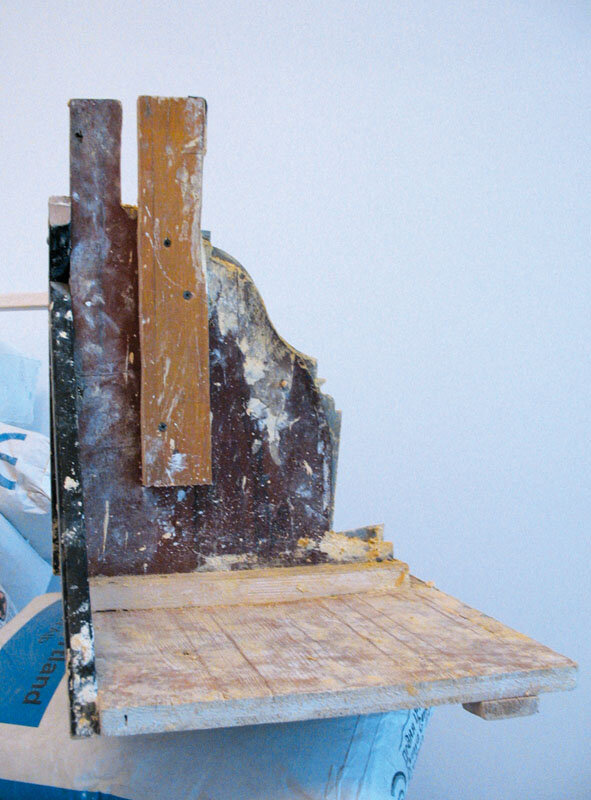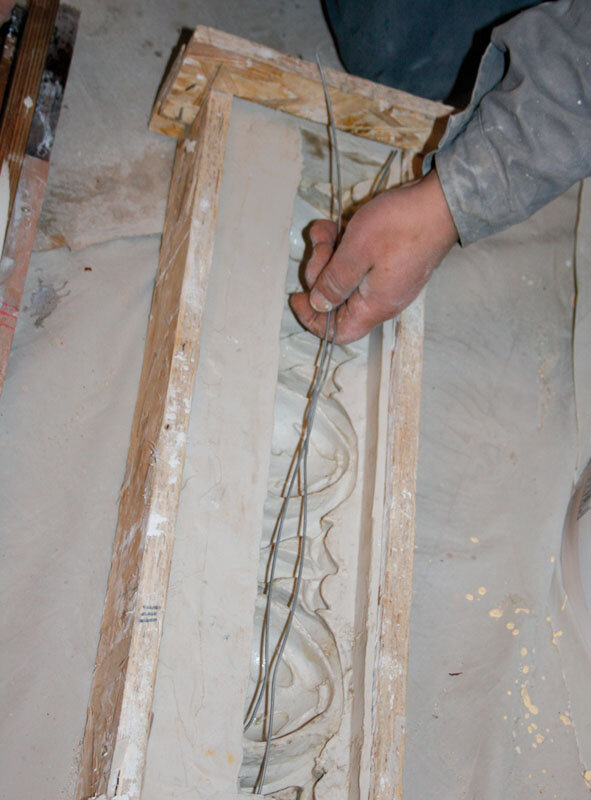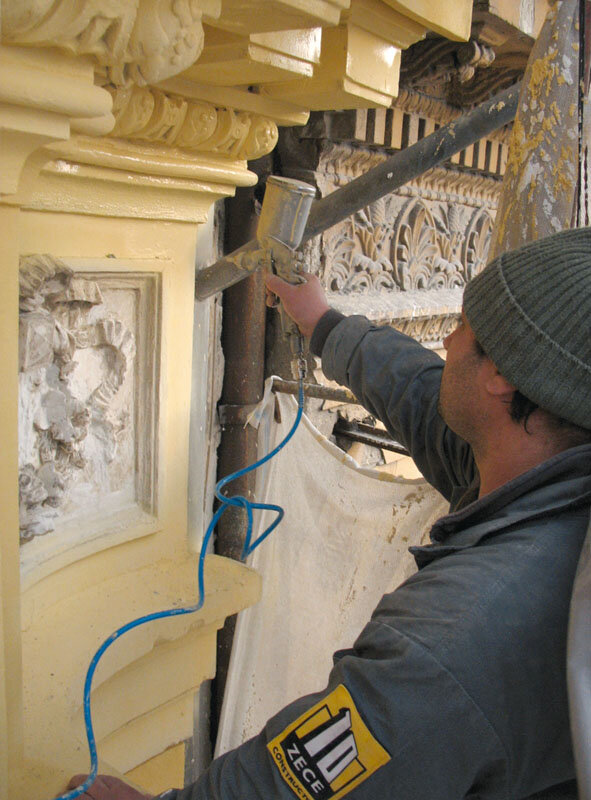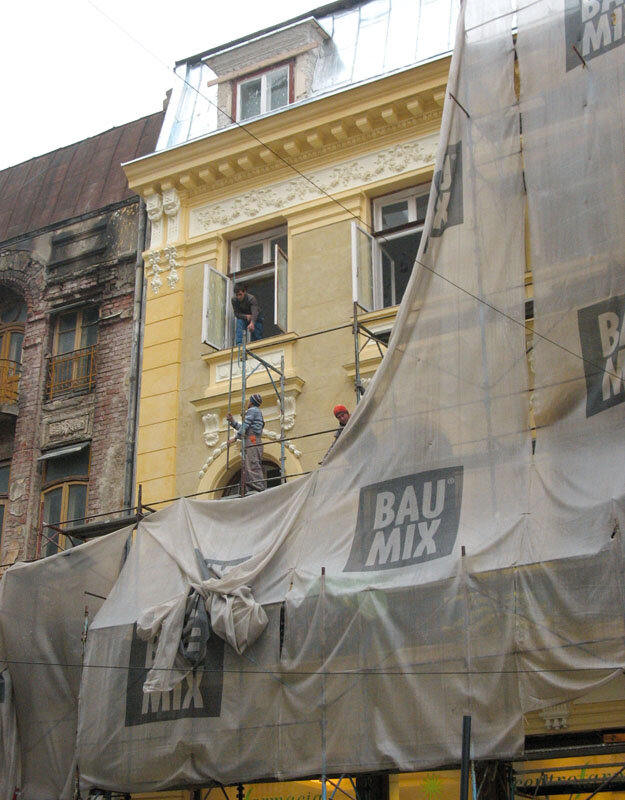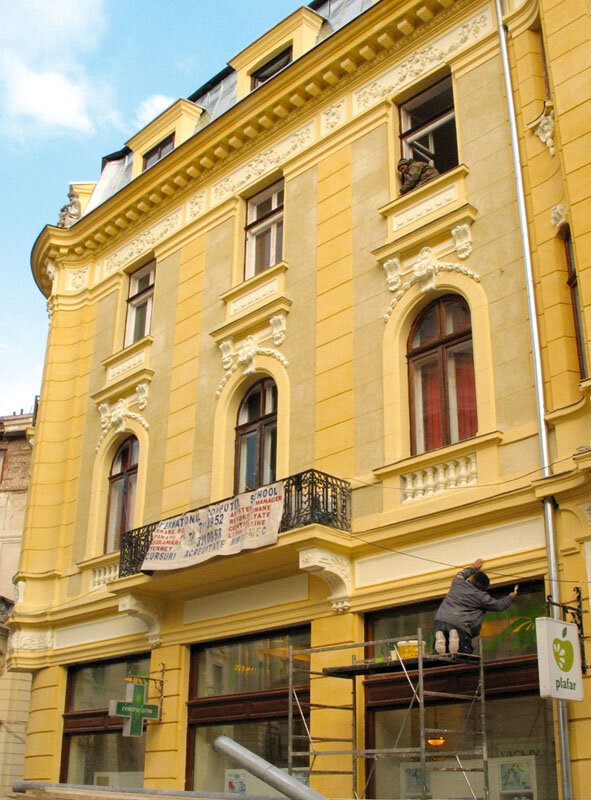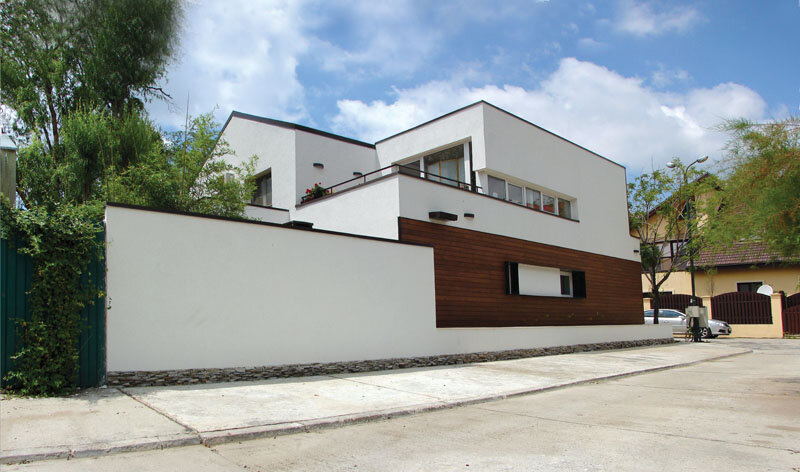
Façade conservation works on an early 20th century building
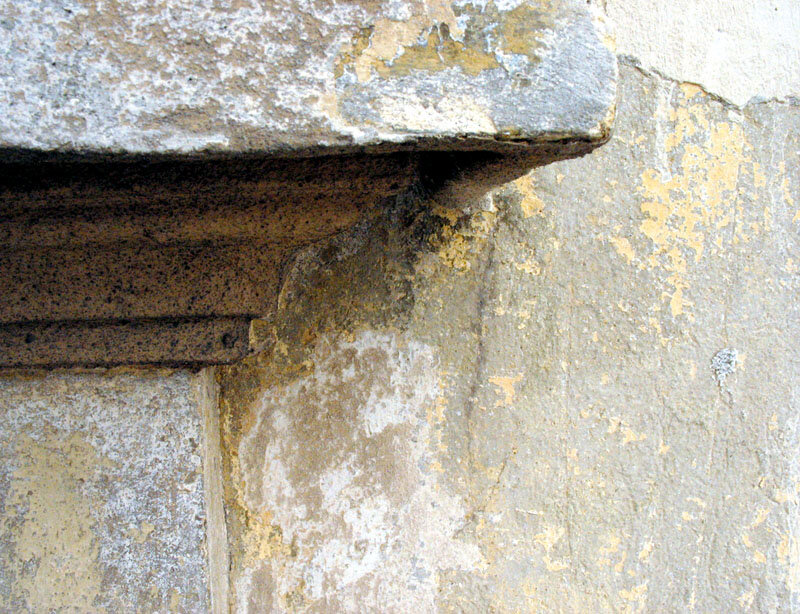
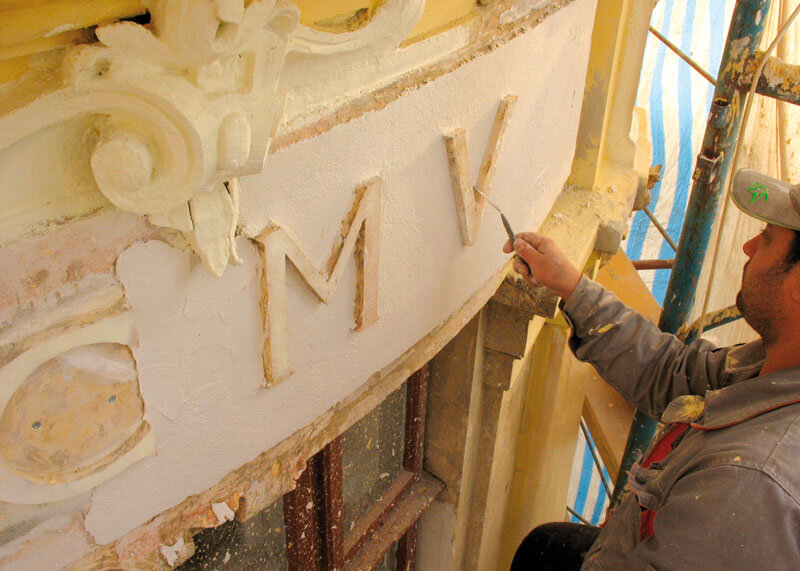
Conservation Works for the Façades of an Early 20th Century Building
| In the article in a previous issue - "Forgotten Materials and Technologies: Lime Lime Lime Plastering" - we gave a brief overview of the materials, technologies and some general principles of conservation works for the conservation of late 19th and early 20th century plastered facades. In the present article I will present a case study: the conservation of plastered facades of a 19051 building. At the time the work started, the facades showed degradation of decorations and plaster. Areas of the cornice profiling and part of the corbels immediately below it had disappeared or were threatening to fall. Water infiltration and birds nesting in the damaged areas accelerated the degradation process. Falling decorations posed a real danger to passers-by. In the first phase, scaffolding was erected over the entire surface of the facades, providing access for works and protection against falling fragments of decoration. The façade was mechanically cleaned, removing the finishing layers (mostly cement-based) from previous interventions. The last finishing layer found, probably the original, yellow-ochre-colored lime-based stain. The ground floor area had probably been finished in a more recent intervention with a film that had elasticity and very good adhesion to the base layer. This finish was parasitic and harmful. Mechanical cleaning was not possible under these conditions, so chemical cleaning was used. The decorations that did not hold well and threatened to fall off were removed. On their basis, the molds for the missing decorations were drawn and made. |
|
Read the full text in issue 4 / 2011 of Arhitectura magazine. |
| 1 It is last year on the frontispiece |
| In the article published in the previous issue, "Forgotten Materials and Technologies: Lime Plaster", I made a brief presentation of the materials, building technologies and some general principles for the crafts techniques regarding the conservation of plaster architecture from the end of the 19th century and the beginning of the 20th century on façades. In the present article I am going to present the works performed for the conservation of the plaster façades of a 1905 building.1 When the works started the façades evinced a certain degree of decay of the plaster and decorations. Some parts of the cornice and some of the corbels underneath were missing and others were about to fall down. The water leaks and the birds nesting in the damaged parts were accelerating the decay process. The falling of the decorations was a real threat for the pedestrians. As a first step a scaffold was mounted on the entire surface of the façades to provide access for the construction workers and to protect against the falling of the decorations. The façade was cleaned mechanically and the old paint layers (most of them cement-based) were removed. The last layer uncovered, which was probably the original one, having an ochre yellow shade, was a lime-based finishing layer. The ground floor area had been finished apparently recently in a coat of paint with some elasticity and strong adhesion to the base layer. This finishing layer had a parasitic, harmful nature. The mechanical cleaning was not possible due to this fact; consequently, the cleaning was done chemically. The decorations which were not well fastened and could fall were taken off. Starting from them, the molds for making the missing decorations were designed and made. |
| Read the full text in the print magazine. |
| 1 This is the year on the frontispiece |
Design: arh. Vlad Thiery
Consultancy: conf. dr. arh. Mihai Opreanu, expert restorer certified by the Ministry of Culture
Cătălin Vasilescu, plastic artist, lime plaster consultant
Contractor: S.C. ZECE S.R.L., eng. Ștefan Lincă
Vlad Thiery is an architect, graduate of the Faculty of Architecture and Urbanism at the University of Architecture and Urbanism "Ion Mincu" Bucharest, member of OAR Bucharest as an architect with signature right since 2001, assistant professor at the University of Architecture and Urbanism "Ion Mincu" since 2001.





